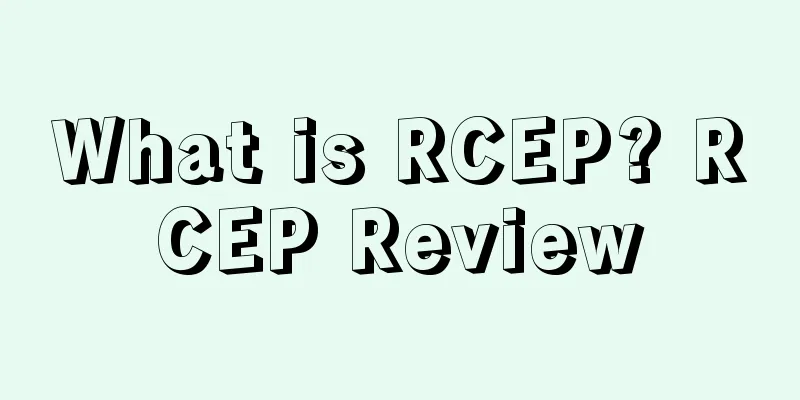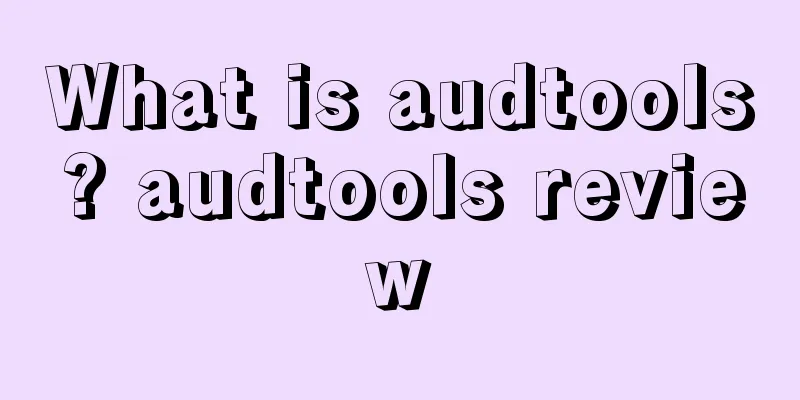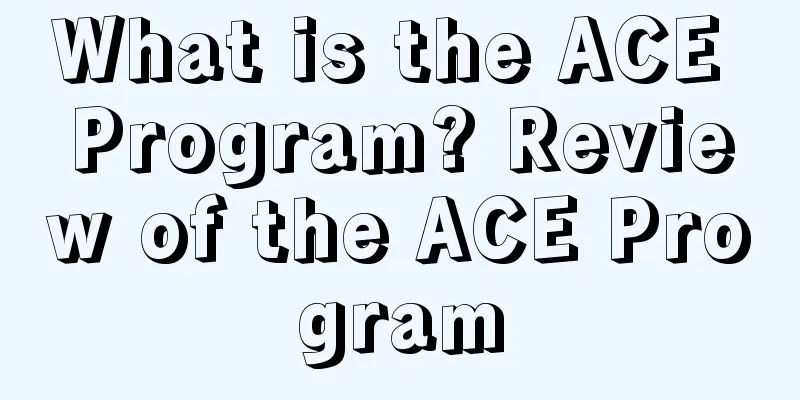What is RCEP? RCEP Review

RCEP (Regional Comprehensive Economic Partnership) was initiated by the 10 ASEAN countries in 2012, inviting China, Japan, South Korea, Australia, New Zealand and India to participate. It aims to establish a free trade agreement for a unified market by reducing tariffs and non-tariff barriers. Signed on November 15, 2020 Full name Regional Comprehensive Economic Partnership Initiated in 2012 Initiating country ASEAN Signatory countriesRCEP members are 10 Southeast Asian countries + China, Japan, South Korea + Australia and New Zealand ASEAN 10 countries: Indonesia, Malaysia, Cambodia, Philippines, Myanmar, Singapore, Laos, Thailand, Vietnam, Brunei China, Japan, South Korea, Australia, New Zealand Features1. RCEP is a comprehensive agreement. It covers 20 chapters, including market access for goods trade, services trade, investment, etc., as well as a large number of rules on trade facilitation, intellectual property rights, e-commerce, competition policy, government procurement, etc. It can be said that the agreement covers all aspects of trade and investment liberalization and facilitation. 2. RCEP is a modern agreement. It adopts regional rules of origin cumulation to support the development of regional industrial chains and supply chains; it adopts new technologies to promote customs facilitation and promote the development of new cross-border logistics; it adopts a negative list to make investment access commitments, greatly improving the transparency of investment policies; the agreement also incorporates high-level intellectual property rights and e-commerce chapters to meet the needs of the digital economy era. 3. RCEP is a high-quality agreement. The number of zero-tariff products in goods trade as a whole exceeds 90%. The level of openness of service trade and investment is significantly higher than the original "10+1" free trade agreement. At the same time, RCEP has added free trade relations between two important pairs of countries, China and Japan, and Japan and South Korea, which has significantly improved the degree of free trade in the region. According to estimates by international think tanks, by 2025, RCEP is expected to drive member countries' export growth by 10.4% more than the baseline. RCEP is a reciprocal agreement. RCEP members include developed countries, developing countries, and some least developed countries. There are huge differences in economic systems, development levels, and scales among members. The RCEP agreement takes into account the demands of all parties to the greatest extent and achieves a balance of interests in the areas of market access and rules such as goods, services and investment. The agreement also gives differential treatment to the least developed countries, and specifically sets up two chapters on small and medium-sized enterprises and economic and technical cooperation to help developing member countries strengthen capacity building, promote inclusive and balanced development in the region, and share the results of RCEP. InfluenceCovering approximately 2.3 billion people Total GDP exceeds US$2.3 billion It accounts for about 25% of the world's total trade. change1. Shopping is cheaper More high-quality consumer goods from other countries will enter the Chinese market with lower tariffs. 2. Travel is more convenient Free movement of people, traveling abroad is more convenient and faster 3. Enterprises feel more at ease Form a unified rule system in the region. Reduce operating costs and reduce uncertain risks of operations. 4. More efficient investment Investors from outside the region entering a country means entering the entire region, and the market and space will grow greatly, which will help attract investment. significanceRCEP supports trade and investment liberalization and facilitation with practical actions, which will boost confidence in the global economy. The signing of RCEP shows that all member countries have pledged to reduce tariffs, open markets, and reduce standard barriers, sending a strong signal against unilateralism and protectionism, strongly supporting free trade and the multilateral trading system, and helping to form positive expectations for the global economy and boost the global economic recovery after the epidemic. Development HistoryThe RCEP negotiations started in 2012 with the 10 ASEAN countries, and six dialogue partner countries including China, Japan, South Korea, Australia, New Zealand and India were invited to participate. Over the past seven years, after three leaders’ meetings, 19 ministerial meetings, and 28 rounds of formal negotiations; In September 2019, the RCEP negotiations came to a close with a major breakthrough in negotiations with India. India agreed to cut or eliminate 80% of Chinese import tariffs under the 16-nation free trade agreement. On November 4, 2019, the third Regional Comprehensive Economic Partnership Leaders' Meeting issued a joint statement announcing that the 15 member states had completed all text negotiations and substantially all market access negotiations, and would initiate the legal text review work. India has temporarily not joined the agreement because "important issues have not been resolved." In April 2020, a new round of RCEP negotiations was held, revealing the intention to sign the agreement as scheduled within the year. On November 15, 2020, RCEP was signed via video conference. References
|
<<: What is Royal Logistics? Royal Logistics Review
>>: What is MailerLite? MailerLite Review
Recommend
A quirky method for selecting products on Amazon
text Let me share a less popular but effective pro...
What is ASIN Localization? ASIN Localization Review
In order to help sellers operate easily in various...
Amazon's new feature is under fire! Let sellers give away products for free?
Amazon recently launched a very radical feature. ...
The logistics dark horse made a huge profit of 13 billion in January! The revenue soared, but these shipping companies were investigated!
▶ Video account attention cross-border navigation...
Recommended collection! Analysis of Amazon's high-quality product selection website
Today I’d like to talk to you about the advantage...
The most comprehensive knowledge base on all types of Facebook accounts on the entire web!
As we all know, Facebook advertising is a professi...
What is Huodou International Logistics Platform? Huodou International Logistics Platform Review
Huodull is a one-stop cross-border logistics platf...
The top 10 e-commerce platforms with the highest revenue in 2020 are announced! Amazon ranks first
It is learned that GlobalData, a world-renowned d...
Amazon Practical Information (I)
Today I share 10 ways to get product selection in...
FBA warehouses need to fill in arrival time! Amazon announces new regulations
Amazon in the United States recently released an a...
What is EPS? EPS Evaluation
Founded in 2004, EPS (EpstEIN Drangel LLP) is a U....
What is MoonSees? MoonSees Review
MoonSees is a leading Amazon ecological chain serv...
Amazon spends 1.5 billion! Competitors: We will stand out!
1 US low-cost passenger airline joins Amazon deli...
[DNY123 Cross-border Morning News] Lazada and Cainiao jointly launched cross-border express delivery service, Vietnam revised the cross-border e-commerce law
Thursday, September 30 《DNY123》>>>Cross-b...
Some sellers need to change the brand of all listings on the European site. You can do it successfully by following the following tips
1. Change them directly on the edit page first, s...









